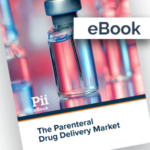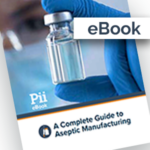OSD’s: The OG in Drug Formulation
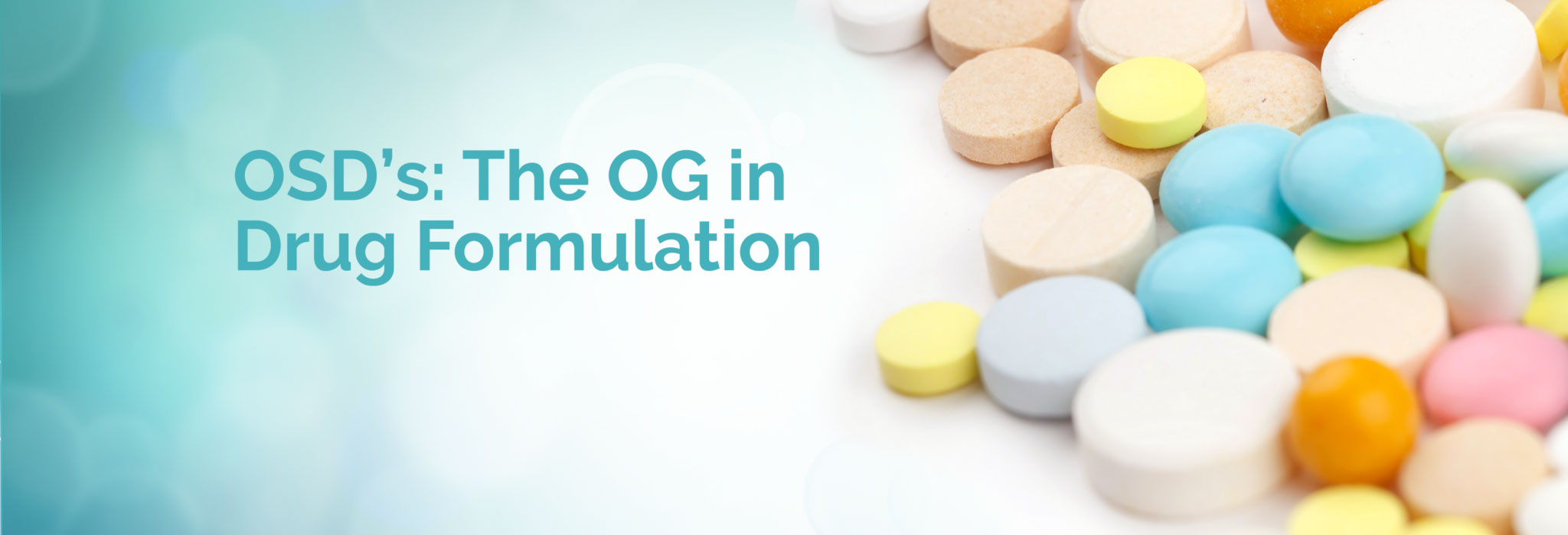
OSD’s: The OG in Drug Formulation
Modern tablet production dates back to the 19th Century, but the technology has challenged formulators since ancient Egypt. George Griffenhagen, a renowned pharmaceutical historian, dates pills back to 1500 BC, assumedly invented so that measured amounts of a medicinal substance could be delivered to patients. The first pill references crop up in ancient Egyptian times, writes Griffenhagen, where papyruses were filled with medical remedies. Plant powders or other active ingredients would be mixed with dough, grease, or honey, then formed into balls with the fingers. In medieval times, pills began to be coated with slimy plant substances to slide down more easily or taste less bitter. Medicines in pill form became popular in 17th Century England and eventually made their way to the United States in the 18th Century. The 19th Century bore witness to sugarcoating and gelatin coating of pills, as well as the invention of gelatin capsules.1
Our history with oral solid dosage formulations has given rise to a global oral solid dosage pharmaceutical market. The US alone accounted for 93.6% of the North American oral solid dosage pharmaceutical market share in 2021, owing to the increasing number of oral solid dosage drug approvals in the country. Of the 50 new drugs approved by CDER in 2021, almost half were tablets and capsules (23 in total).2
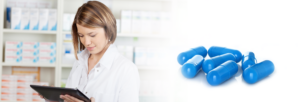
Makeup of the OSD Sector
OSDs break down in the digestive tract and are then absorbed into the bloodstream. OSDs are less expensive and simpler to produce than other dosage forms, exhibit greater chemical and physical stability, better packaging, and trouble-free transport. According to FACT.MR, the current OSD market is defined by the following:
Dosage Form
The OSD category is made up of tablets, capsules, powders and granules, lozenges and pastilles, and gummies. But it is tablets that continued to hold the maximum market share of 53.1% in 2021. This is due in part to their affordability, patient preference, and improved efficiency. Similarly, the global capsule market is expected to grow at a compound annual growth rate of 8.1% from 2021 to 2030, amounting to approximately 700 billion units every year around the world.3
Release Mechanism
Immediate-release OSDs contributed the highest market share of the segment, at 57.9% in 2021, because these are used to release the medication for absorption and subsequent pharmacologic action. This results in quick action and early pain relief. While the majority of OSDs are immediate-release formulations, the patient-centric approach to therapeutics is fueling a rapid rise in the demand for modified-release OSDs. As a result, modified-release oral solid products will contribute to the growth of the market through 2032. By sustaining therapeutic blood concentrations for a longer period, modified-release medications:
- Prolong the time a medicine is active in the body.
- Postpone the release until a medication reaches a particular location by using unique polymers/coatings to elicit improved therapeutic effect.
- Maintain therapeutic blood concentrations for longer than traditional immediate-release products.

Solubility and Bioavailability
Manufacturers of oral solid drugs can attain considerable bioavailability by implementing cutting-edge drug delivery technology. For instance, tailored drug delivery and dose forms with prolonged release increase the bioavailability of medications and decrease the need for repeated medication administration. A CDMO that specializes in OSDs will have access to technologies that enhance solubility. These include spray drying, liquid filling of capsules (both hard and soft gelatin), particle engineering to include wet milling, drug layering, and particle coating such as fluid bed coating, and top spraying.
Patient Compliance
Usability and patient compliance are key aspects driving global demand for oral solid dosage medications. Patient compliance, non-invasiveness, and ease of drug administration are factors to consider when a drug needs to be administered repeatedly and for a prolonged period. Additionally, an aging population, with a steadily increasing life expectancy, will drive the demand for OSDs.
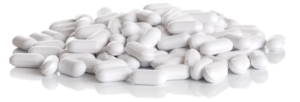
OSD Trends to Watch
Recent developments are taking oral solid dosage solutions to new heights. Innovation is being driven by the need to differentiate and to deliver sustainable, advanced products in a crowded pharmaceutical space.3 Some trends to watch for include:
HPAPIs
One area of the OSD market expected to expand is the development and manufacturing of highly potent active pharmaceutical ingredients (HPAPIs). Immuno-oncology is one of the fastest-growing therapeutic development areas globally. In the US alone, this market is expected to grow from $63.9 billion in 2020 to $163 billion in 2027. Thus, roughly one-quarter of the drugs currently in development worldwide are being categorized as highly potent. Only a few CDMOs have the facilities, equipment, and specialized personnel to handle (HPAPI).4
Bi-Layered Tablets
There is growing demand for bi-layered tablets because of the potential to reduce the pill burden by administering two or more active pharmaceutical ingredients in a single fixed-dose combination form. These tablets can be engineered to prevent the direct contact of two drugs, increasing the efficacy of the two drugs through combination while maintaining stability of both drugs. They can be designed to modify release, wherein one layer can be modified as immediate-release and the other as an extended-release. Bi-layered tablets offer advantages like: prolonging the patent life of a drug product, increased efficacy of the active components due to their additive or synergistic effect, reduced toxicity, improved patient adherence, and convenience of use.5
Improved Release Rates
The ability to precisely engineer OSD products that deliver drugs during an extended period, often with the goal of maintaining a consistent concentration in vivo, continues to advance. Polymeric tablet coatings are one of the simplest strategies, but capsules are also readily engineered for targeted or extended release.2
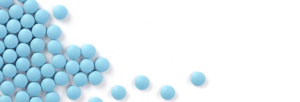
3D Printing
The first 3D-printed drug product was approved for use in 2015. 3D-printed tablets have the potential to deliver large drug payloads rapidly — owing to their porous nature — and with minimal amounts of liquid. Opportunities for customization is a primary driver.2
Personalization
The personalization of medicine is increasing demand for OSD forms that are customized to specific populations (patients of a certain age, gender, or body mass index, or even for individuals).2
Vegan Capsules
Animal-based gelatin capsules are gradually being replaced by those made from materials of vegetarian sources such as cellulose-based polymer. This trend is becoming popular due to the increasing number of people choosing to lead a vegan or vegetarian lifestyle. Plant-based capsules, such as HPMC (hydroxypropyl methylcellulose), have been developed to cater to the needs of these vegan or vegetarian customer bases.
These trends are certain to drive the need for increased OSD manufacturing capacity now and for the foreseeable future.4
References
- The Colorful History of Pills Can Fill Many a Tablet, Rosie Mestel, Los Angeles Times, March 25, 2002.
- Dissolution testing: an established technique driving advances in drug delivery, Manufacturing Chemist, July 12, 2022.
- Manufacturing OSD Forms: Key Trends Shaping the Industry, Laxman Shetty, et. al., Pharmaceutical Technology, May 15, 2022.
- High Potency Active Pharmaceutical Ingredient (HPAPI) Market is Driven by Growing Preference for Outsourcing of HPAPI Manufacturing, Biospace, Aug. 9, 2022.
- Formulation and Evaluation of Bi-Layer Tablet of Metoclopramide Hydrochloride and Ibuprofen, Bhavesh Shiyani, et. al., AAPS PharmSciTech, Sept. 2008.
ABOUT Pii
Pharmaceutics International, Inc. (Pii) is a US-based contract development and manufacturing organization (CDMO) located in Hunt Valley, Maryland. The experienced scientists, engineers, and staff at Pii pride themselves on adroitly employing a phase appropriate method of drug development for the prudent use of their customer’s resources as they solve challenging problems. In addition to offering end-to-end development services, Pii manufactures a variety of dosage forms to include complex parenteral drugs and has a wealth of analytical testing capabilities. Its Hunt Valley campus has four aseptic suites with lyophilization capabilities. Our talented professionals stand ready to help!


